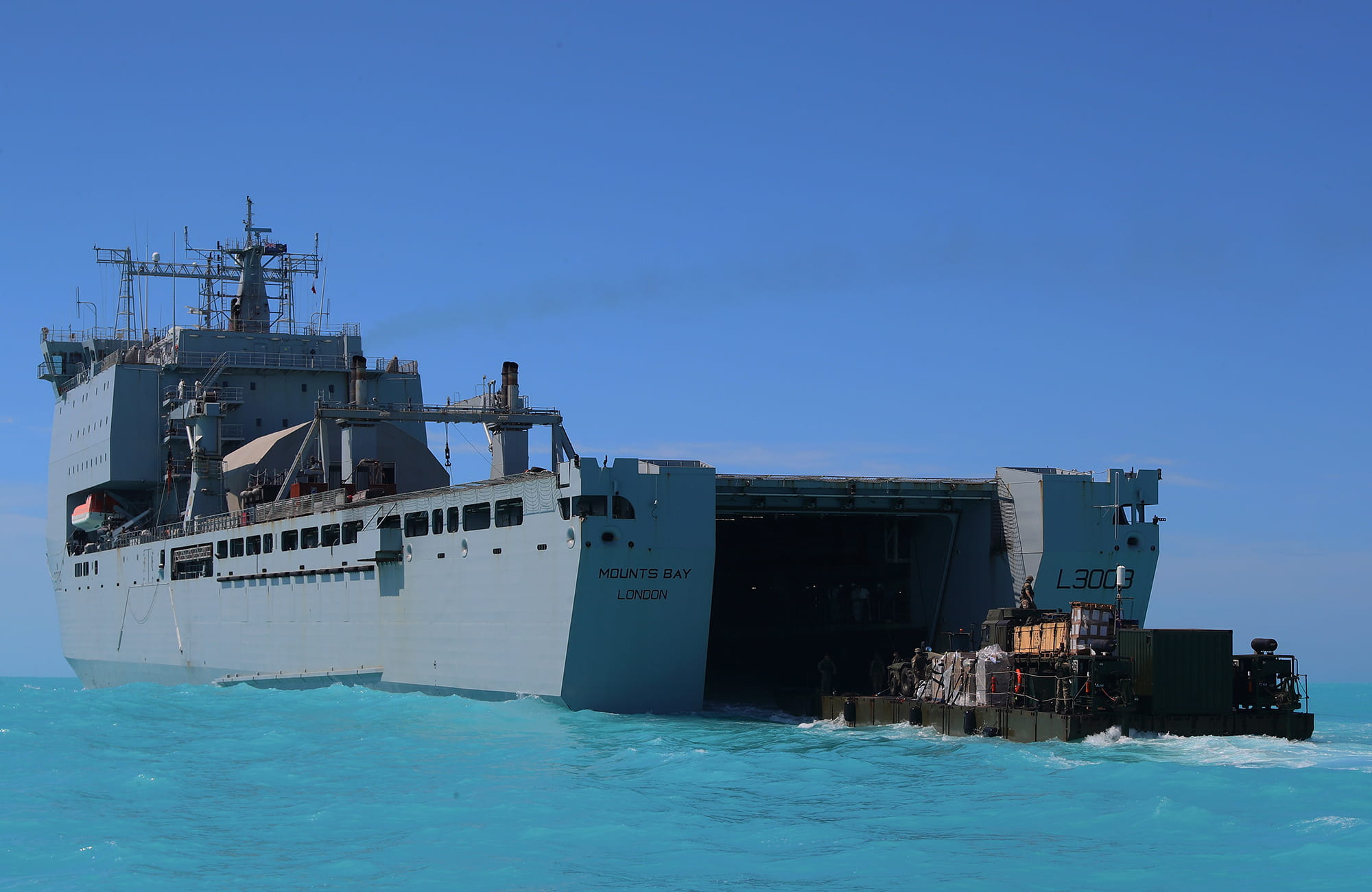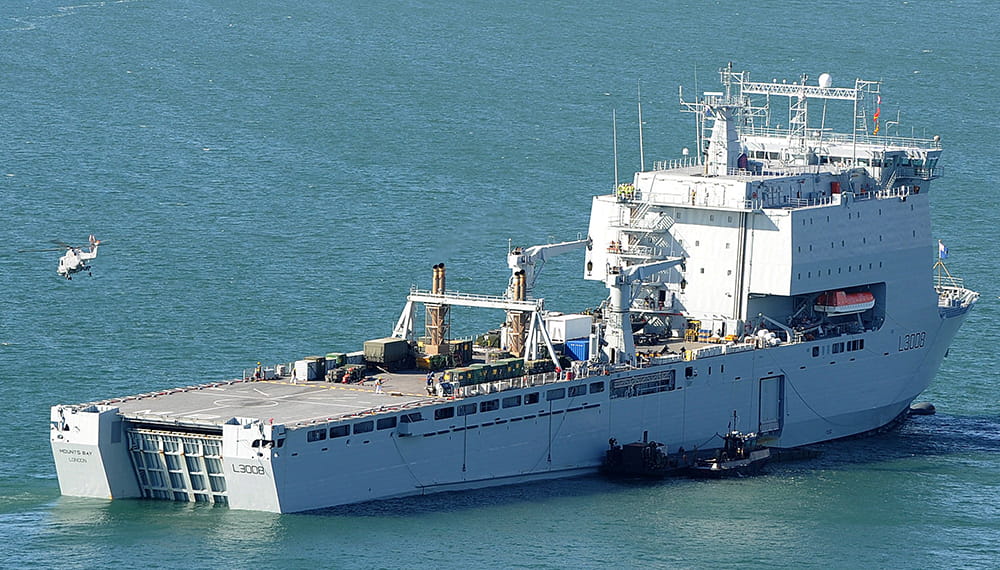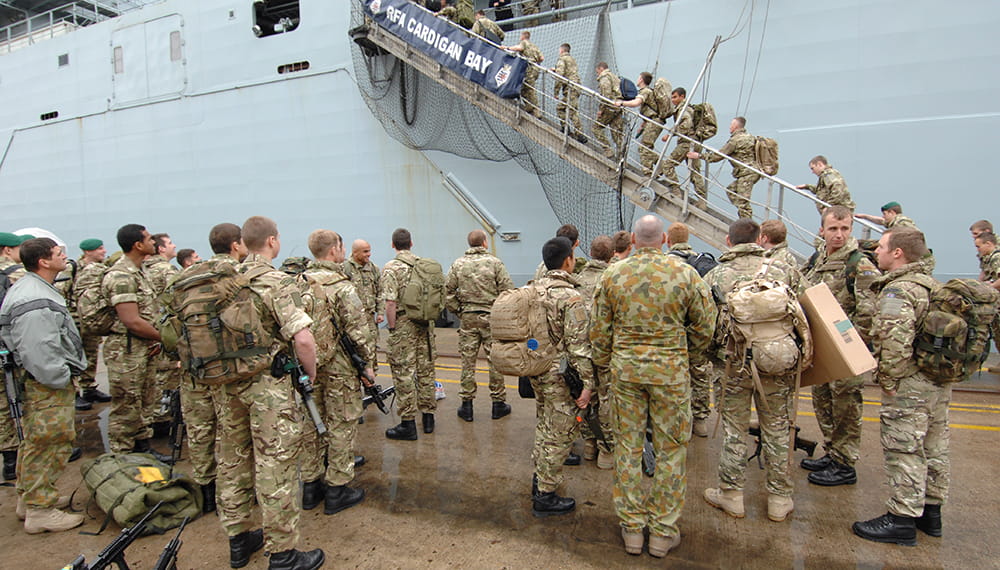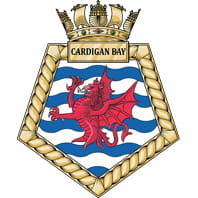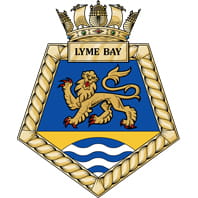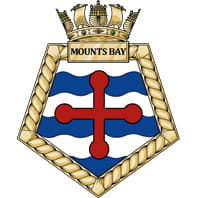Supporting in extreme conditions
Comprising of three ships (RFA Lyme Bay, Mounts Bay and Cardigan Bay), the role of the Bay Class vessels is to offload embarked troops and armoured vehicles from ship to shore using Landing Craft Vehicle Personnel (LCVP) and Landing Craft Utility (LCU) vessels. These versatile ships can operate in extremely rough weather to support amphibious operations and ground forces across the globe.
